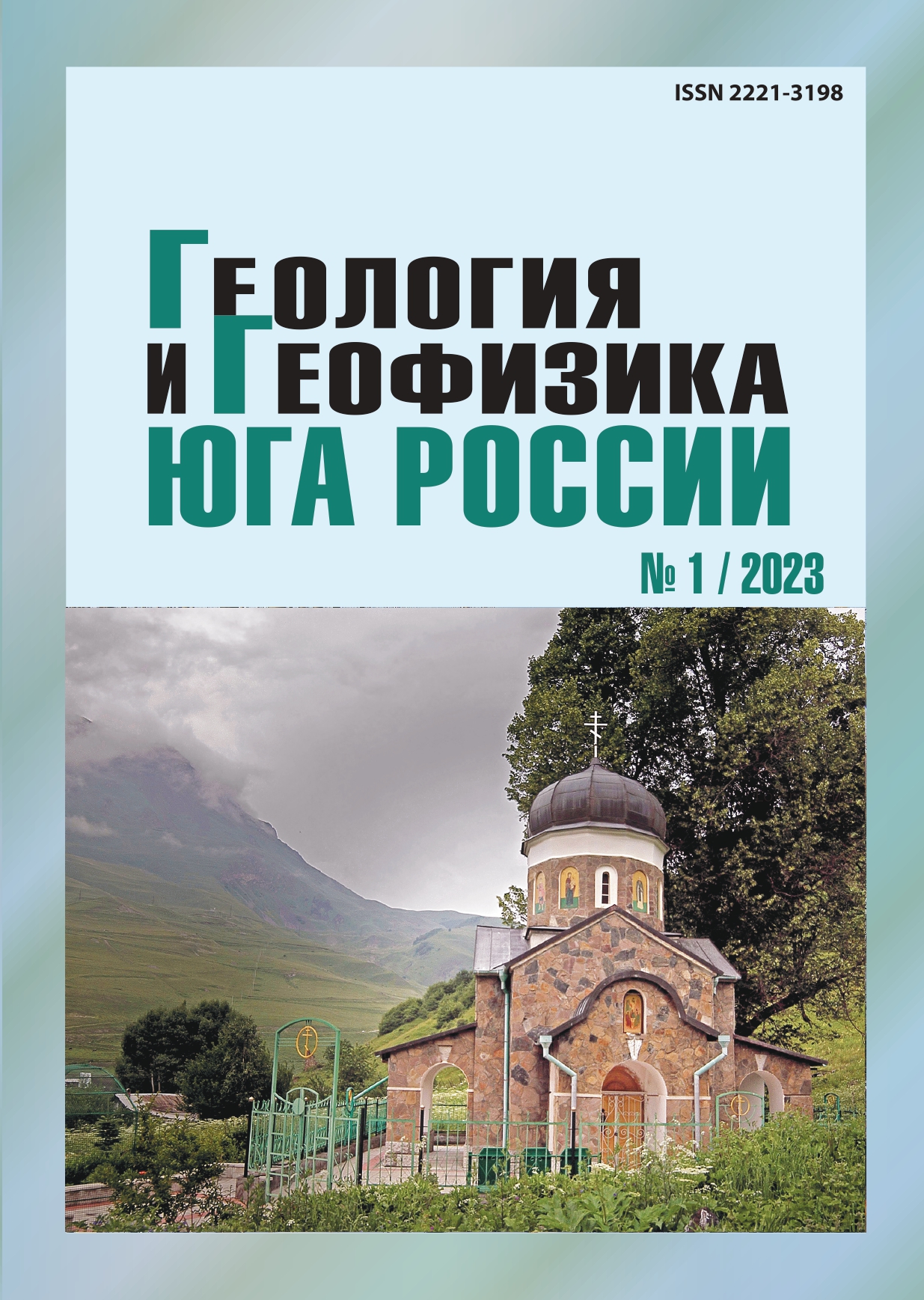Correlation between the magnitude of macroseismic intensity and various indicators of instrumental records of fluctuations in the soil stratum
Abstract
Relevance. As an objective characteristic of the released seismic energy, the value of macroseismic intensity should be related to the instrumental parameters of seismic vibrations. Traditionally, seismic impacts in the practice of earthquake-engineering are estimated by peak values of horizontal ground acceleration. Earthquake-induced ground motion is complex, and a number of another parameters have been proposed to quantify ground motion characteristics. At present, there is no generally accepted opinion which of the characteristics describes the macroseismic intensity in the best manner. The aim of this work is to compare the available integral characteristics of instrumental intensity and various combinations of parameters with seismic intensity according to K-net network data. Methods. In accordance with the task, it is necessary to use an interpretable model, which is regression. The support vector machine was used. To evaluate the effectiveness of models with the most uniform use of available data, a cross-validation procedure was used. Results. As a result, the best correspondence to the macroseismic innessivity of the peak horizontal velocity was established (R2 = 0.76, MAE = 0.29). The introduction of an additional parameter allows increasing R2 to 0.8-0.85 and reducing MAE to 0.22-0.27. The metrics are estimated from the test set. The best performance is achieved for the model with the combination of root mean square velocity and the Fajfar measure. Considering that the Fajfar measure is the product of the peak horizontal velocity and the fourth root of the duration, the new parameter can be considered as a modified Fajfar measure.


